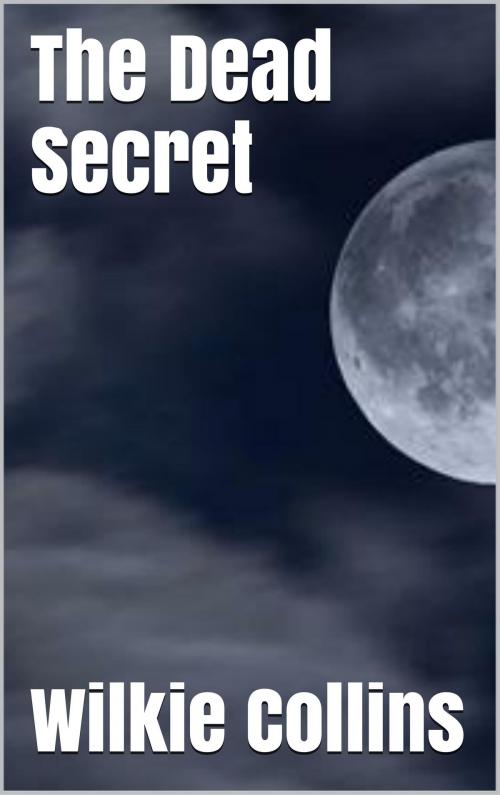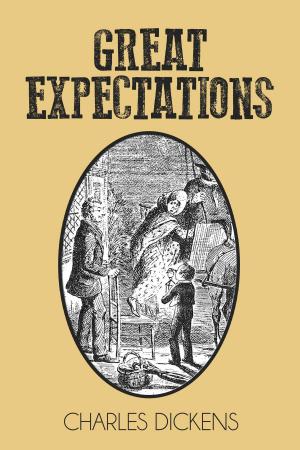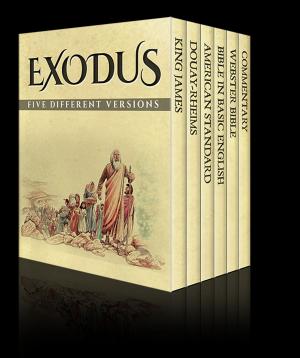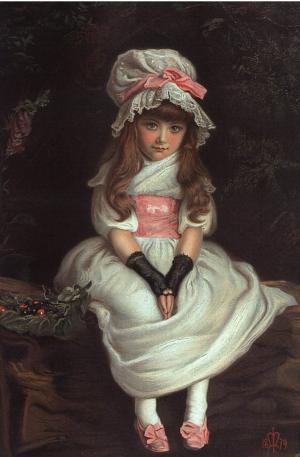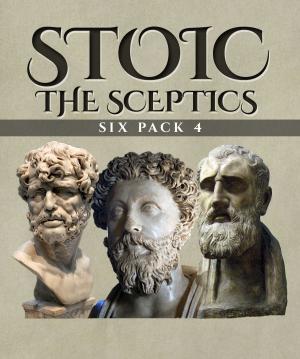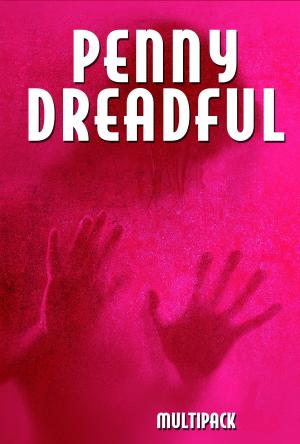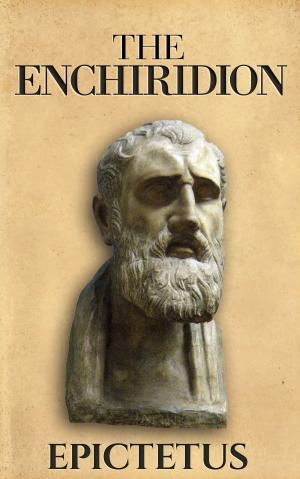| Author: | Wilkie Collins | ISBN: | 1230000232698 |
| Publisher: | Enhanced E-Books | Publication: | April 11, 2014 |
| Imprint: | Language: | English |
| Author: | Wilkie Collins |
| ISBN: | 1230000232698 |
| Publisher: | Enhanced E-Books |
| Publication: | April 11, 2014 |
| Imprint: | |
| Language: | English |
The secret of the title is the parentage of the heroine, Rosamund Treverton, who has been passed off as the daughter of the wealthy former actress Mrs Treverton of Porthgenna Tower, but is in fact the illegitimate child of her servant Sarah Leeson by a local miner (Mrs Treverton’s motive was to provide her husband with a child, being apparently unable to bear children herself). Sarah writes down the details of the secret from the words of the dying Mrs Treverton, and hides the paper bearing the message in an unused room at Porthgenna.
The novel then jumps forward some twenty years. Rosamund has married the blind Leonard Frankland, who now owns Porthgenna Tower. Sarah, under an assumed name, obtains a post as servant to the family, and gives Rosamund a cryptic warning to avoid the room in which the Secret is hidden.
‘The Dead Secret’ was first published serially in Charles Dickens’ ‘Household Words’ in 1856, and by Bradbury & Evans later the same year. Contemporary critics held mixed opinions, some seeing an advance on Collins’ previous 'Hide and Seek,' and some less enthusiastic. The obsessed and arguably deranged Sarah prefigures the character of Hester Dethridge in Collins’ Man and Wife, and more distantly those of Lydia Gwilt in Armadale and the female protagonist of his late novel, ‘The Haunted Hotel. The blind Leonard is another of Collins’ disabled characters. He plays only a small part in the novel, but Collins drew another and more significant blind character in Lucilla, the heroine of his 1872 novel Poor Miss Finch. Much of the novel is set in Cornwall, one of Collins’ favourite English counties, which also features in his early melodrama Basil.
Nadel’s description of it as the last of Collins’ "apprentice novels” emphasises the gap between it and Collins’ next novel, the acclaimed 'The Woman in White.' Nevertheless it has proved enduringly popular and remains in print.
This enhanced e-Book edition includes original illustrations from the rare Victorian book ‘Magic’ as well as a link to a free unabridged audio recording of ‘The Dead Secret.’
The secret of the title is the parentage of the heroine, Rosamund Treverton, who has been passed off as the daughter of the wealthy former actress Mrs Treverton of Porthgenna Tower, but is in fact the illegitimate child of her servant Sarah Leeson by a local miner (Mrs Treverton’s motive was to provide her husband with a child, being apparently unable to bear children herself). Sarah writes down the details of the secret from the words of the dying Mrs Treverton, and hides the paper bearing the message in an unused room at Porthgenna.
The novel then jumps forward some twenty years. Rosamund has married the blind Leonard Frankland, who now owns Porthgenna Tower. Sarah, under an assumed name, obtains a post as servant to the family, and gives Rosamund a cryptic warning to avoid the room in which the Secret is hidden.
‘The Dead Secret’ was first published serially in Charles Dickens’ ‘Household Words’ in 1856, and by Bradbury & Evans later the same year. Contemporary critics held mixed opinions, some seeing an advance on Collins’ previous 'Hide and Seek,' and some less enthusiastic. The obsessed and arguably deranged Sarah prefigures the character of Hester Dethridge in Collins’ Man and Wife, and more distantly those of Lydia Gwilt in Armadale and the female protagonist of his late novel, ‘The Haunted Hotel. The blind Leonard is another of Collins’ disabled characters. He plays only a small part in the novel, but Collins drew another and more significant blind character in Lucilla, the heroine of his 1872 novel Poor Miss Finch. Much of the novel is set in Cornwall, one of Collins’ favourite English counties, which also features in his early melodrama Basil.
Nadel’s description of it as the last of Collins’ "apprentice novels” emphasises the gap between it and Collins’ next novel, the acclaimed 'The Woman in White.' Nevertheless it has proved enduringly popular and remains in print.
This enhanced e-Book edition includes original illustrations from the rare Victorian book ‘Magic’ as well as a link to a free unabridged audio recording of ‘The Dead Secret.’
